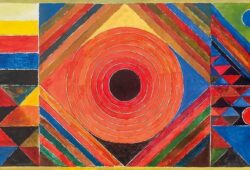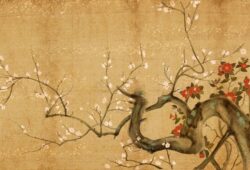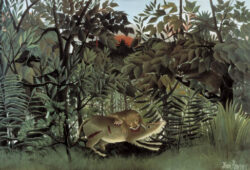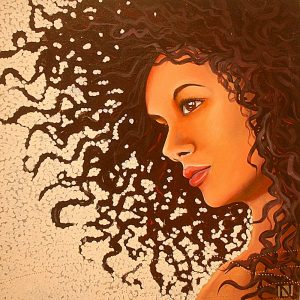Exploring the Enigmatic Charm of Bruegel’s Masterpieces
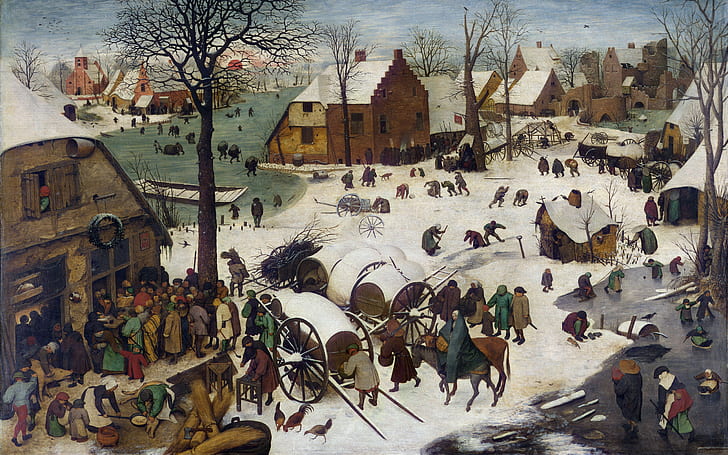 Posted On
Posted On
In the expansive world of art, few painters captivate audiences across centuries quite like Pieter Bruegel the Elder. A virtuoso of the 16th century Renaissance, Bruegel’s legacy endures through his masterful creations, offering timeless glimpses into the societal fabric, landscapes, and human experience of his era.
Central to Bruegel’s oeuvre are his vibrant, detailed, and often enigmatic paintings. His works, particularly his landscapes and genre scenes, are a rich tapestry of intricate details, subtle symbolism, and captivating narratives.
One of the most renowned pieces by Bruegel is “The Peasant Wedding,” a lively depiction of a rustic celebration. Here, Bruegel’s acute observational skills shine, capturing the essence of rural life with exquisite precision. Every figure is meticulously rendered, each with its own story and role in the festivity, creating a harmonious chaos that draws viewers deeper into the scene.
Another iconic work, “The Tower of Babel,” showcases Bruegel’s fascination with biblical narratives. The colossal tower dominates the canvas, portraying the grandeur of human ambition and folly. Amidst the labyrinthine construction, Bruegel intertwines minute vignettes of daily life, showcasing a bustling community, effectively contrasting the colossal with the mundane.
Bruegel’s landscapes are not just mere depictions of nature; they are windows into an intricate world teeming with life. “The Hunters in the Snow” is a testament to Bruegel’s unparalleled ability to capture the essence of winter. The serene yet harsh landscape exudes a palpable atmosphere, inviting viewers to feel the biting cold and experience the tranquillity of the snowy expanse.
A recurring theme in Bruegel’s art is his social commentary and subtle critique of human behaviour. “The Triumph of Death” is a haunting portrayal of the inevitability of mortality. Amidst the chaos of death’s conquest, Bruegel presents a vivid tableau of human folly, emphasizing the futility of earthly pursuits.
Beyond the visual allure, Bruegel’s paintings serve as a historical record, offering invaluable insights into 16th-century Flemish life. From the nuances of peasant customs to the influence of religious beliefs, his works serve as a time capsule, inviting viewers to explore and interpret the past through art.
Bruegel’s legacy extends beyond his artistic prowess; his impact on future generations of artists is immeasurable. His unique blend of meticulous detail, narrative complexity, and societal commentary laid the groundwork for the Dutch Golden Age and influenced generations of painters, from Rembrandt to Bosch.
Today, the allure of Bruegel’s paintings remains as potent as ever, captivating audiences worldwide. His ability to transcend time and immerse viewers in vivid, multifaceted narratives stands as a testament to his enduring legacy. Bruegel’s works continue to evoke wonder, provoke contemplation, and remind us of the timeless power of art to reflect the human experience across ages.
